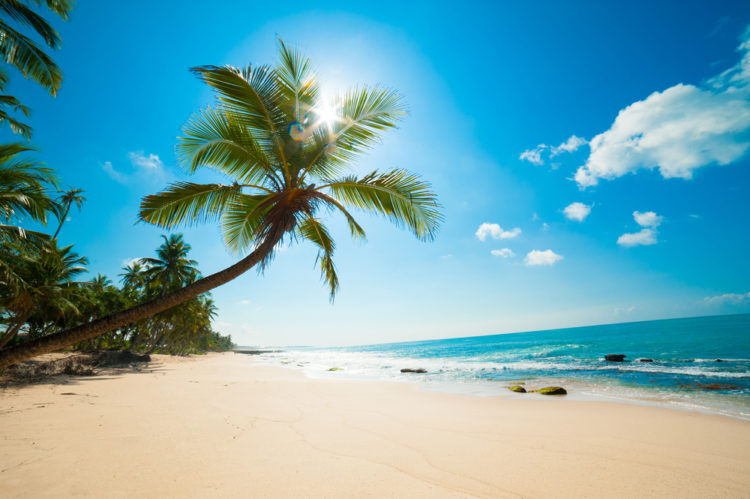I love long walks on the beach.
No, seriously. Don’t you?
There’s a reason it’s become a cliché. Walking on the beach is actually quite therapeutic and enjoyable. The electrolytes in sand have been shown to do all sorts of fantastic things for our bodies, and now you have even more reason to stretch your legs by the ocean, thanks to research published in the latest issue of Health & Place.

Although, let’s face it, who needs a reason?
Researchers from the University of Canterbury in New Zealand, along with researchers from Michigan State University, studied the difference between blue and green spaces.
“Blue” spaces are areas like beaches which have a large amount of water. Green spaces are areas like forests, fields or parks.
The researchers were looking in particular at the way both areas affect anxiety and mood disorders. They found that exposure to blue space was associated with lower psychological stress than exposure to green space.
450 adults were surveyed from Wellington City in New Zealand.
Even when researchers took into account socioeconomic status, population density and crime rates, blue spaces fared much better than green when it came to the mental health of those who lived or spent much of their time there.
One explanation for this is that green spaces are often surrounded by concrete structures.
It’s much easier to build a public park in the center of a few apartment complexes than it is to build apartment complexes around an ocean. As a result, most of our green spaces are surrounded by area that’s been gobbled up by developers.
What’s important is being in a natural environment as much as possible. The study reads:
“The human brain processes natural environments more efficiently than built-up environments, thereby further increasing opportunity for relaxation and combating the onset of stress.”


